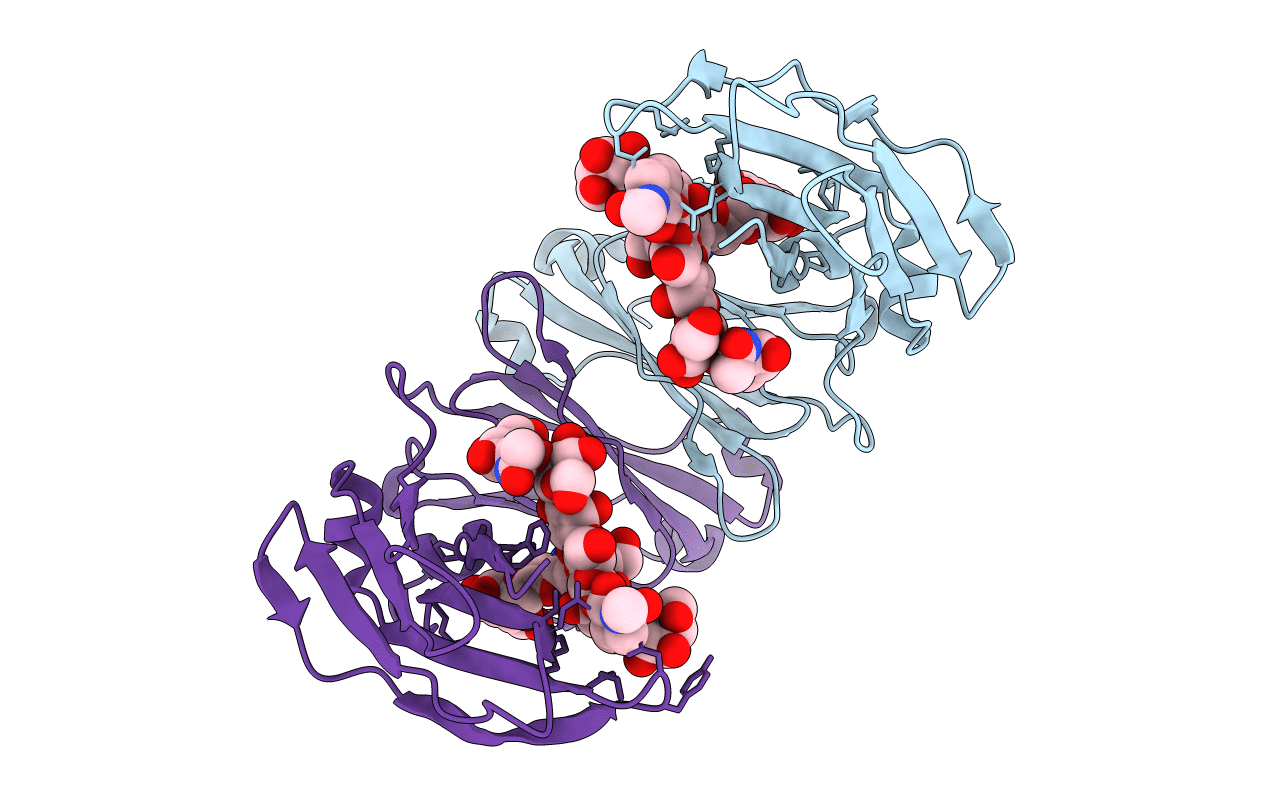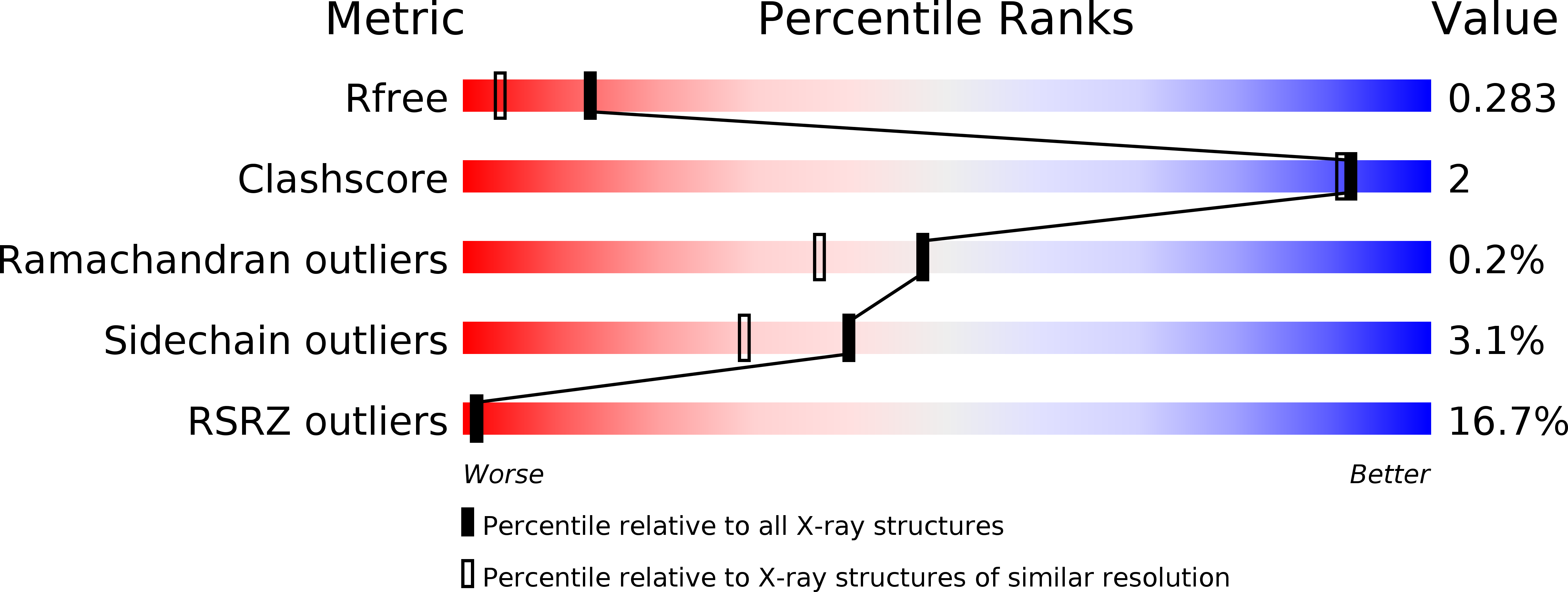
Deposition Date
2018-03-21
Release Date
2019-04-10
Last Version Date
2024-01-17
Method Details:
Experimental Method:
Resolution:
1.88 Å
R-Value Free:
0.27
R-Value Work:
0.23
R-Value Observed:
0.23
Space Group:
P 21 21 21


